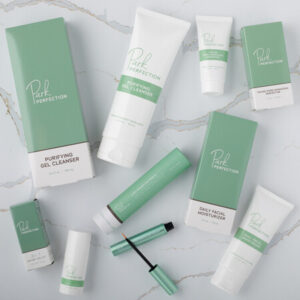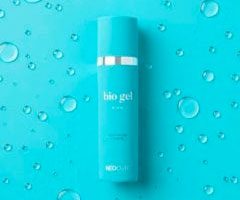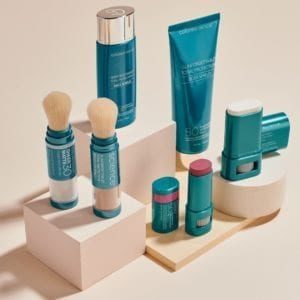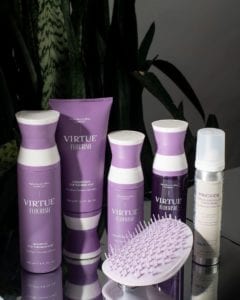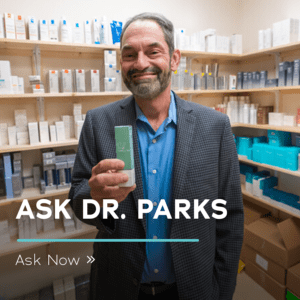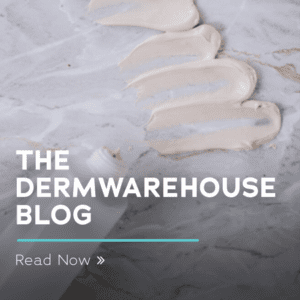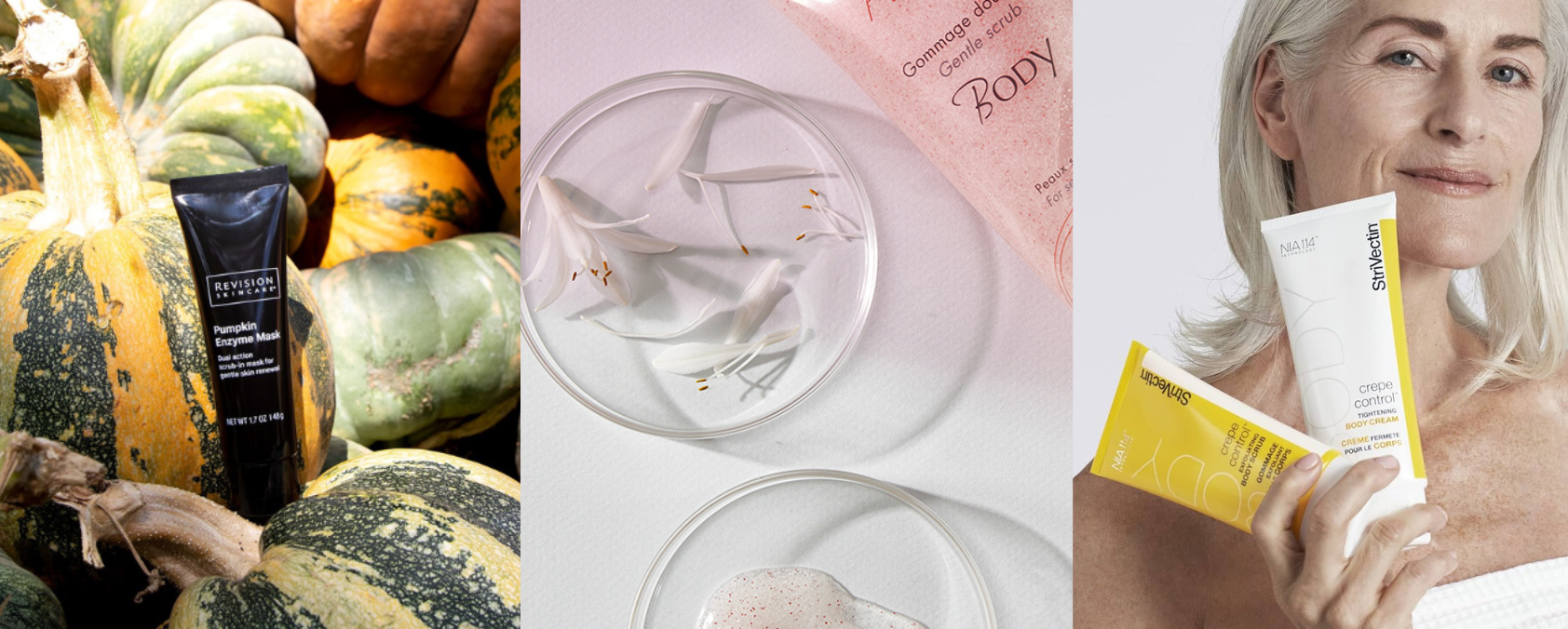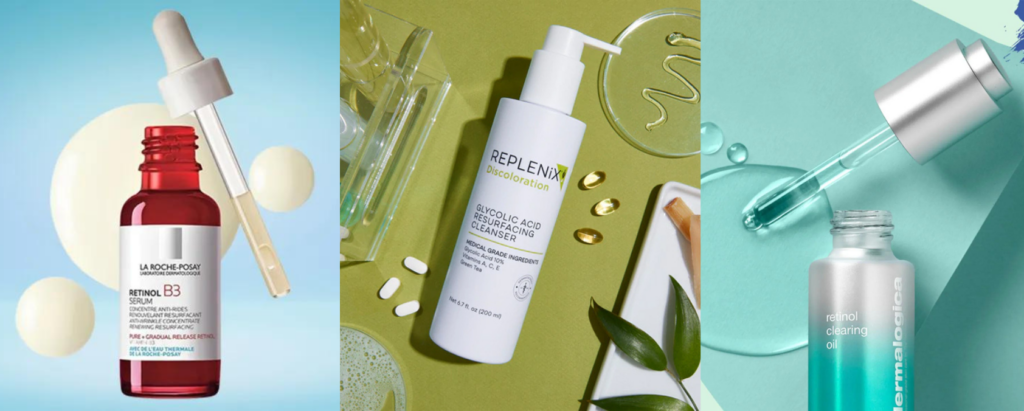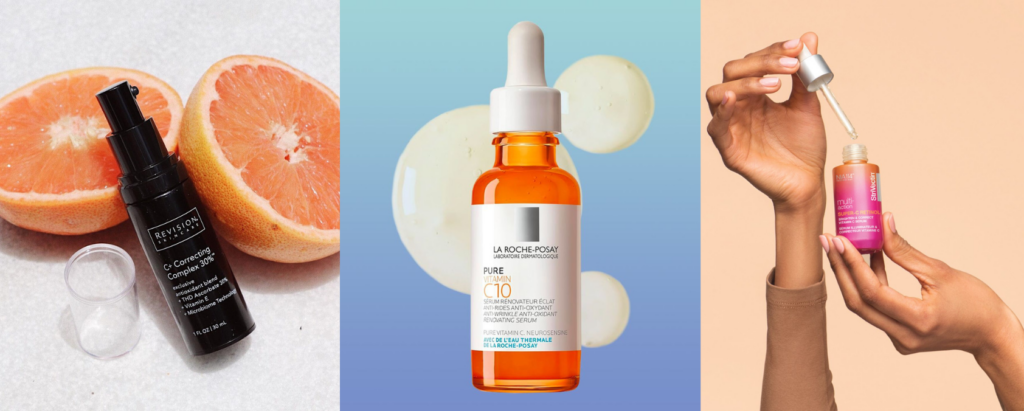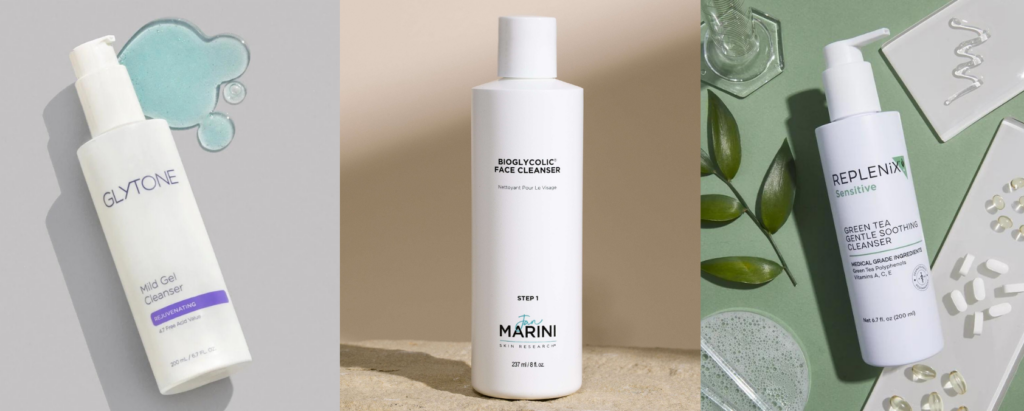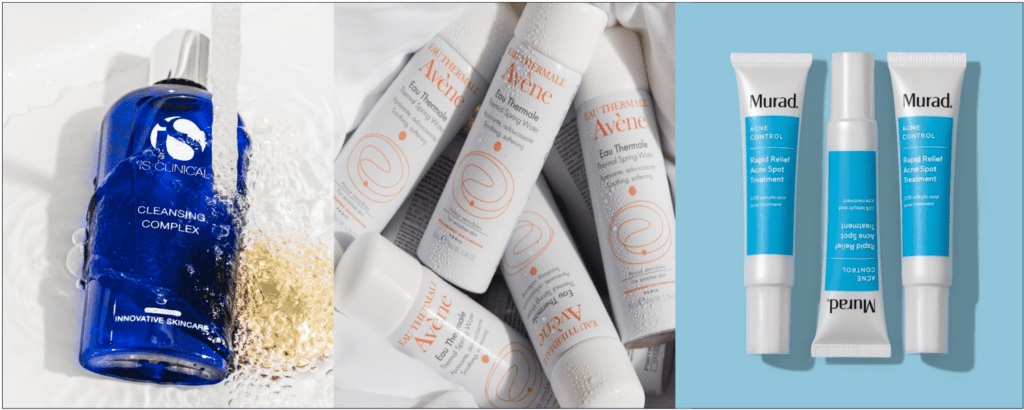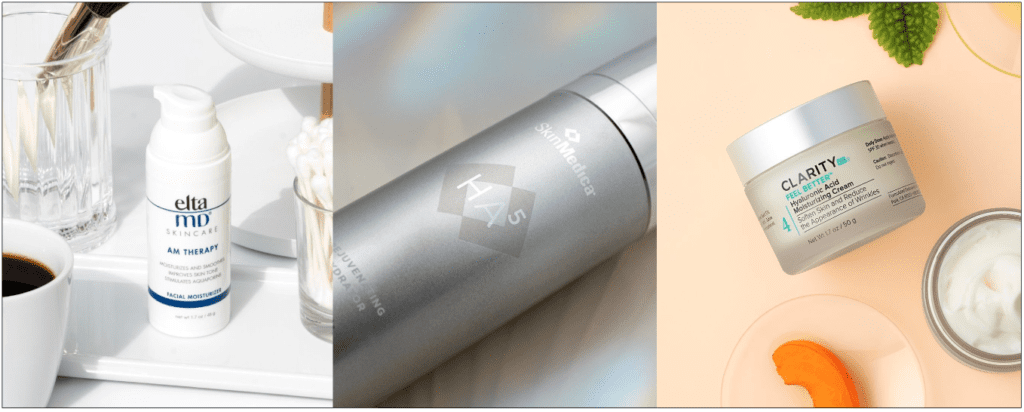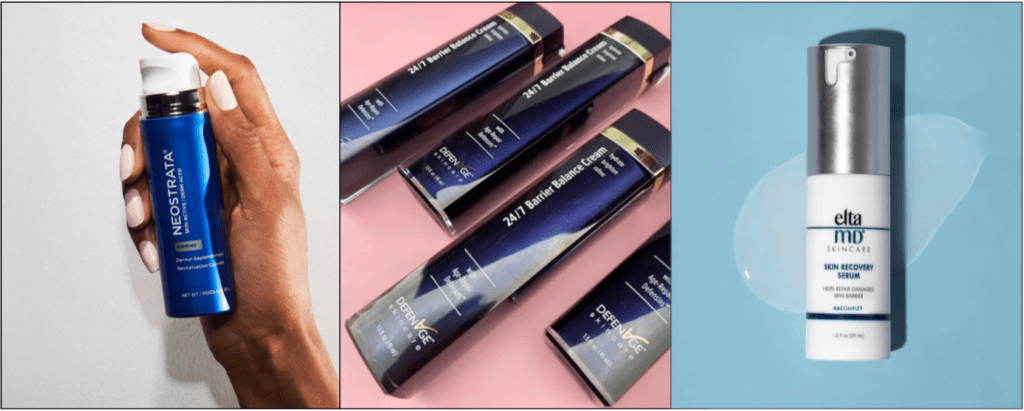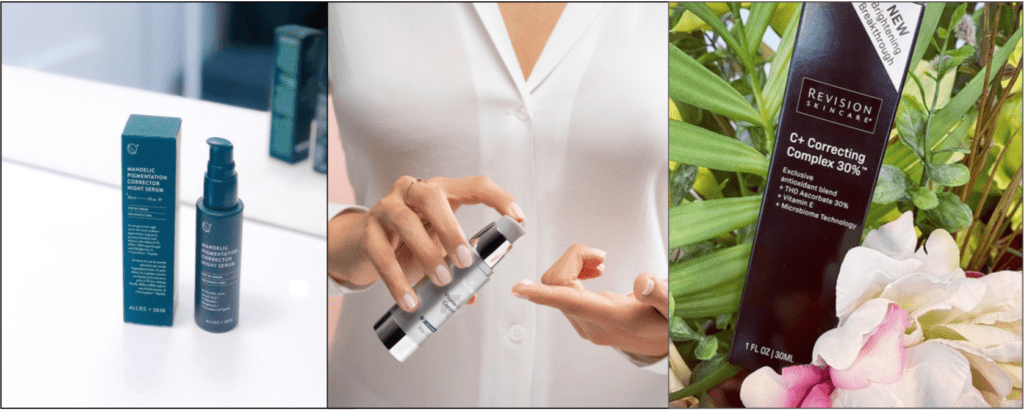Exfoliating is an important aspect of any great skincare routine. Removing dead skin cells can not only leave your skin looking smoother, fresher, and more radiant, but it can also boost collagen production to improve your overall texture and improve the signs of aging such as fine lines and wrinkles, and exfoliating cleansers can help you achieve that.
“Regular exfoliation should be considered one of the foundational steps of any skincare routine, regardless of skin type,” says Dr. Parks, a board-certified dermatologist and the founder of DermWarehouse. “However, the frequency with which you should exfoliate, and which exfoliating products you should use, will vary greatly based on your skin type,” he says.
Exfoliating cleansers can help improve your overall skin texture and often use gentle ingredients that are safe to use on all skin types. At DermWarehouse, we carry a variety of exfoliating cleansers to fit the needs of all of our patients.
“Adding an exfoliating cleanser to your routine can be a great way to exfoliate without causing irritation, since many exfoliating cleansers contain gentle ingredients and are less harsh on the skin overall,” says Dr. Parks. “Of course you can’t forget about body cleansers too, which can help exfoliate dead skin cells from around the body. With those products, you can use cleansers with physical exfoliants as well as chemical,” he adds. From those with sensitive, dry skin to those with concerns for aging skin, here is everything to know about exfoliating cleansers so that you choose the right one for you:
Physical Exfoliants
In the world of exfoliating ingredients there are two overarching types: physical and chemical. While chemical exfoliants like AHAs and retinoids are great on the delicate skin on your face, it’s best to save the physical exfoliants for the rest of the body. “I wouldn’t recommend using a physical exfoliant on the face, as it can cause micro-tears in the skin that can lead to bacterial infections or, at the very least, exacerbate fine lines and wrinkles,” says Dr. Parks.
On the body, though, physical exfoliants are a great way to remove dead skin. This will help your skin feel smoother and look more radiant. The Avene Gentle Body Scrub is one of our most popular physical exfoliants. This gentle exfoliating cleanser contains biodegradable exfoliating beads to gently slough off dead skin cells and nourish the new skin underneath. Another favorite among our customers is the StriVectin Crepe Control Exfoliating Body Scrub, which is clinically proven to address crepey skin and signs of aging by gently exfoliating away dead skin cells to increase cell turnover.
Related Blog Post: Retinol vs. Glycolic Acid
“Exfoliating scrubs are great for the body, especially on the arms where patients often have conditions like keratosis pilaris—or small bumps on the arms,” says Dr. Parks. Using a combination of exfoliating cleansers and moisturizers can help alleviate some of the symptoms of this condition,” he says. The VMV Hypoallergenics Id Skin Buffing Cleansing Scrub is a popular choice for a gentle but powerful exfoliating cleanser, as well as the Revision Skincare Pumpkin Enzyme Mask which uses pumpkin enzymes to gently break down and remove dead skin cells. Finally, the Glytone KP Kit is a great option for patients struggling with keratosis pilaris as we mentioned above.
Chemical Exfoliants
Despite how the name may sound, chemical exfoliants are far more gentle on the skin than physical exfoliants. Chemical exfoliants can gently break down and remove dead skin cells, helping your skin look smoother and more radiant without the risk of damage that can come from scrubs when used on the face. “I always recommend that my patients use a chemical exfoliant to address a variety of concerns, from aging and hyperpigmentation to acne,” says Dr. Parks.
For Oily and Acne-prone Skin
Patients with oily and acne-prone skin will find that regular exfoliation can help balance oil control and remove dirt and excess oil from clogged pores. “Patients with oily and acne prone skin generally benefit from using an exfoliating cleanser with a retinoid or glycolic acid,” says Dr. Parks. “As always, you would want to balance this with a good moisturizing routine to prevent making your skin even more oily as a result,” he adds. Often, treating oily skin is more about balancing oil production than eradicating the oil completely.
Related blog post: How to Clean Nose Pores
The Glytone Mild Gel Cleanser contains glycolic acid which can help gently resurface and treat oily and acne-prone skin. Using a cleanser with an exfoliating ingredient in it can help gently remove dead skin cells, oil buildup, and any dirt that collects in the pores without stripping too harshly. The Park Perfection Purifying Gel Cleanser helps remove dead skin cells while nourishing the skin with an herbal complex and Vitamin C.
For Dry and Sensitive Skin
Exfoliating cleansers are great for those with dry and sensitive skin because they’re often more gentle than exfoliating serums or creams. “I recommend limiting use of exfoliating ingredients to once or twice a week, especially if you have dry or sensitive skin,” says Dr. Parks. Signs of dry skin include a feeling of tightness on the skin, or feeling dry and itchy. Exfoliating ingredients can often increase sensitivity, especially on the face, so its important to be careful to monitor any side effects when you add a new product to your routine.
Related blog post: Retinol vs. Glycolic Acid
“I like to recommend the Jan Marini Bioglycolic Face Cleanser to patients with dry or sensitive skin because it contains glycolic acid, which is much more gentle than retinoids,” says Dr. Parks. Glycolic acid cleansers are popular among customers with this skin type because they offer the exfoliating benefits of glycolic acid in a product that doesn’t need to sit on the skin for extended periods of time. The Glytone Mild Gel Cleanser and the Glytone Mild Cream Cleanser are two popular cleansers for patients with dry and sensitve skin as well.
For Aging Skin
Those with aging skin or fine lines and wrinkles will love the effects of regular exfoliation. “Not only does exfoliation help to smooth over skin imperfections that appear with age, such as hyperpigmentation, but it can help increase cell turnover which boosts collagen production,” says Dr. Parks. “Collagen production slows as we age, so products that boost it naturally can help the skin appear more supple and youthful over time,” says Dr. Parks
Patients who have recently experienced weight loss may see a loss of volume in their face which can exacerbate fine lines and wrinkles. “Boosting collagen production can help treat these symptoms over time as the skin adjusts to fat loss,” says Dr. Parks. The La Roche-Posay Toleraine Foaming Cleanser can help achieve these goals, while the SkinMedica AHA/BHA Foaming Cleanser is clinically proven to remove dead skin cells and increase cell turnover.
Conclusion
Cleansing and exfoliating are two important steps in any skincare routine, and combining the two steps can help to remove dead skin cells without causing irritation or negative side-effects. “If you find that your skin is sensitive to exfoliating serums, oils, and moisturizers, try switching to an exfoliating cleanser once or twice per week,” says Dr. Parks. “And don’t forget to pair any exfoliating product with an SPF in the day. Exfoliating can cause the skin underneath to be more sensitive to the sun, so it’s key to use an SPF to prevent skin damage,” he says.

